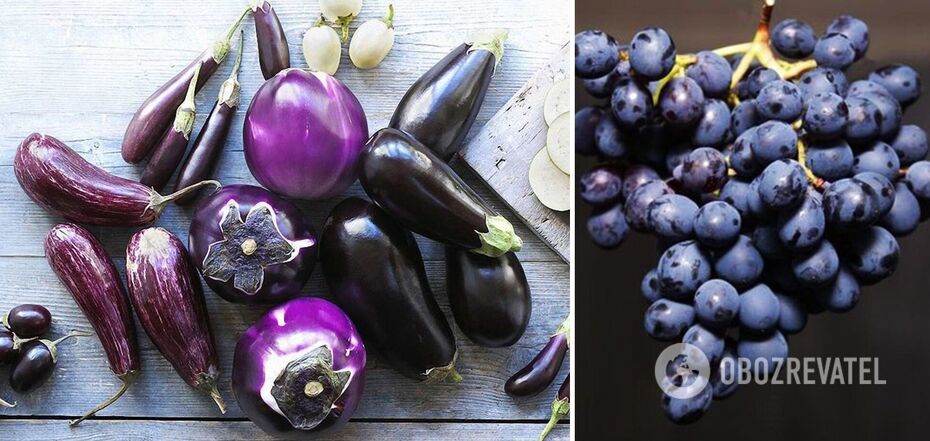Food
What is the powerful value of purple food
Purple-colored berries, fruits, and vegetables are typically high in beneficial nutrients called anthocyanins.
Like some other phytonutrients, they help protect cells from damage that can lead to disease. Anthocyanins work in conjunction with other nutrients in plant foods to ensure that our bodies function optimally.
PLUMS
The more intense the color, the higher the anthocyanin content. Ripe fruit will also contain more beneficial nutrients. The skin of plums can have 20 times more antioxidants than the flesh.
BERRIES
Although anthocyanins are associated with the color purple, the pigments in berries can range from red to blue. Among them are blueberries, blackberries, strawberries, blueberries, black currants, and mulberries. According to the results of studies in children and adults who have eaten blueberries, these berries can improve mental performance and improve mood. Researchers are working on the hypothesis of the influence of anthocyanins as specific communicators between brain cells.
POTATOES
In addition to satisfying the palate, this vegetable provides us with potassium, magnesium, vitamin C, and dietary fiber (fiber). The varieties with purple skin and tuber contain 2-3 times more antioxidants than regular white potatoes.
CHERRY
Anthocyanins, which give them their deep dark color, help lower blood pressure and keep blood vessels healthy. They are also useful for joint problems such as osteoarthritis and gout. In addition, cherries contain many nutrients that help prevent cancer, heart disease, and diabetes.
GRAPES
Anthocyanins in grapes can be from red to black. In its berries, resveratrol, known for its powerful antioxidant properties, has attracted the attention of scientists. It is contained in the grape skin, which gives red wine its color.
CAULIFLOWER
The purple color of this usually white vegetable is due to only one gene, which is responsible for the higher amount of anthocyanins in the vegetable. In addition, cauliflower is rich in other phytonutrients, vitamin C, and minerals. To retain as many nutrients as possible, steam or eat it raw.
RED CABBAGE
It may be easier for the body to utilize the anthocyanins in sauerkraut. When you ferment cabbage, you get natural probiotics that nourish the gut microbiota, the bacteria in your intestines. They help the body defend itself against adverse factors, promote nutrient absorption, and digestion, and even control anxiety.
BEETS
The color of this traditional Ukrainian vegetable comes from various antioxidants called betalains. These red and yellow pigments are found in the stems of chard and rhubarb and are also found in some mushrooms. They break down more easily when exposed to high temperatures than anthocyanins, so try steaming your beets. These vegetables are good for heart and brain health and help stabilize blood sugar levels.



























